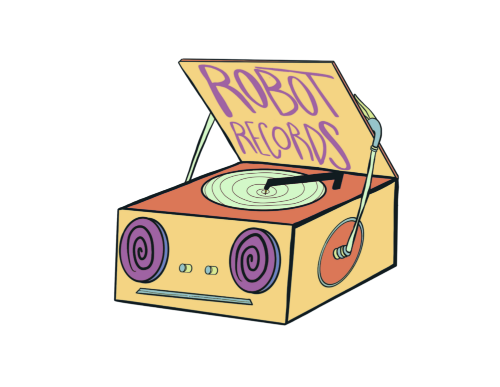Uses for compressors
Compressors are one of the most commonly used tools in audio production. They are used to manipulate the dynamic range of a sound signal by reducing the volume of the loudest parts of the signal, allowing the quieter parts to be heard more clearly. Compressors can be used in a wide range of applications, from simple level control to complex dynamic shaping. In this blog post, we will discuss some of the different uses for compressors in audio production.
Level Control
One of the most basic uses of a compressor is for level control. In this application, the compressor is used to reduce the dynamic range of a sound signal, making the quiet parts louder and the loud parts quieter. This is useful in situations where you need to ensure that the sound remains at a consistent volume level throughout a track, such as in a podcast or radio show.
Taming Peaks
In some cases, a sound signal may have peaks that are too loud and cause distortion. A compressor can be used to tame these peaks, reducing the volume of the loudest parts of the signal and preventing distortion. This is especially useful in recording environments where the volume levels can vary widely, such as in live concert recordings.
Adding Sustain
Another use for compressors is to add sustain to a sound signal. This is done by reducing the volume of the initial transient of a sound signal, while increasing the volume of the sustain. This technique is commonly used on guitar recordings to make the notes sustain longer and sound more fluid.
Gluing Mixes Together
Compressors can also be used to "glue" mixes together, making them sound more cohesive. By using a compressor on the master bus of a mix, the dynamics of the individual tracks can be blended together, making the overall sound more unified.
Sidechain Compression
Sidechain compression is a technique that involves using a separate audio signal to trigger the compressor. This can be useful in situations where you want to reduce the volume of one sound signal whenever another sound signal is present. For example, you might use sidechain compression to reduce the volume of a bass guitar whenever a kick drum is played.
Creative Compression
Finally, compressors can be used creatively to achieve unique sounds and effects. For example, by using extreme compression settings, you can create pumping or breathing effects that can add energy and excitement to a track. You can also use a compressor to create a "smashed" sound that can be used in genres such as punk rock and metal.
In conclusion, compressors are incredibly versatile tools that can be used in a wide range of audio production applications. Whether you need to control the volume of a track, add sustain, or create unique effects, a compressor can help you achieve your desired sound. By experimenting with different compression settings and techniques, you can unleash the full creative potential of this powerful tool.
